
How do i train my dog to be obedient?
Watching your dog dart across the park ignoring your calls isn’t just frustrating—it can put them at risk near busy streets or public spaces.
Well-trained dog doesn’t just follow commands—it fits smoothly into daily life, whether you’re grabbing coffee at a local café or walking through a busy park. You might notice it sits quietly by your side while you pay, never pulling on the leash to chase a squirrel, and pauses calmly when a child waves nearby. These small, consistent actions aren’t just luck; they come from patient training that aligns with how dogs learn best, focusing on positive reinforcement rather than harsh corrections.
In many European and North American areas, following local dog laws is part of being a responsible owner—and a well-trained dog makes this easy. For example, if your city requires dogs to be leashed in public spaces, a trained dog won’t strain against the leash or dart off, keeping you both compliant. It will also respond to your “come” command immediately, even if a neighbor’s cat wanders by, which isn’t just polite—it’s often a legal requirement to prevent conflicts or accidents.
Cultural norms matter too; a well-trained dog respects personal space, a big part of daily life in many communities. It won’t jump on guests when they enter your home or sniff strangers without invitation—small gestures that make interactions with friends, neighbors, and even passersby stress-free. This respect also extends to shared spaces, like not digging in community gardens or barking excessively at night, which helps keep relationships with neighbors positive and avoids run-ins with local noise ordinances.
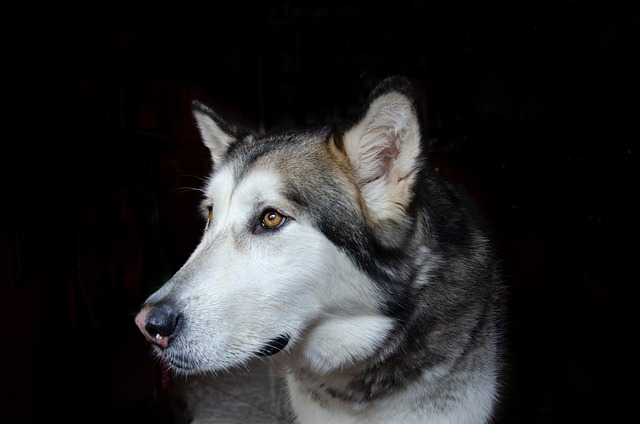
Training isn’t just about rules; it’s about building trust between you and your dog. A well-trained dog looks to you for guidance, whether you’re navigating a crowded sidewalk or introducing it to a new dog at the park. You’ll see this in how it checks in with you before exploring a new area, or how it stays calm if a loud truck passes by—signs that it feels safe and confident because it knows you’re in charge. This trust makes every outing, from a quick trip to the grocery store to a weekend hike, more enjoyable for both of you.
Owning a well-trained dog also means being prepared for unexpected moments, which ties back to legal and cultural responsibility. If you ever need to take your dog to a vet’s office during peak hours, a trained dog will sit quietly on the floor instead of pacing or barking, making the visit easier for staff and other pet owners. It will also wear its ID tag and microchip information up to date—something many regions legally require—so if it ever gets lost, it’s more likely to find its way back to you.
A well-trained dog isn’t defined by perfect obedience alone; it’s defined by how it thrives in your shared world, respecting laws, norms, and the people around it. These signs—calm behavior in public, compliance with local rules, respect for personal space, trust in you, and readiness for the unexpected—show that training has created a happy, healthy bond. For any dog owner, this bond is the real reward, turning everyday moments into opportunities to connect with a loyal, well-adjusted companion.

Watching your dog dart across the park ignoring your calls isn’t just frustrating—it can put them at risk near busy streets or public spaces.

New puppy owners often find themselves rushing to clean up accidents before they set in, and that’s where puppy pad training becomes a game-changer.
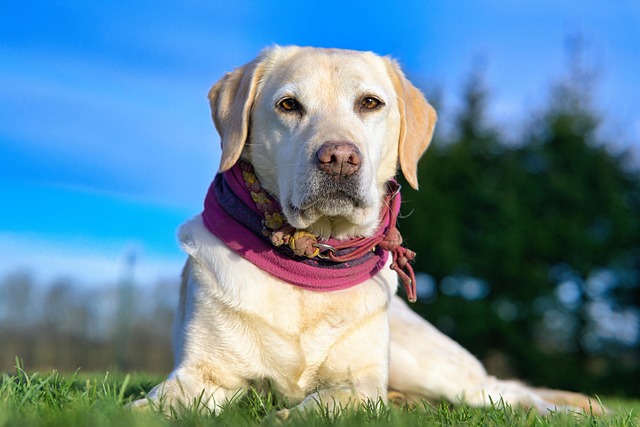
If you've noticed your dog's waistline disappearing and your veterinarian has mentioned those few extra pounds, your first instinct might be to simply reduce the amount of food in their bowl.
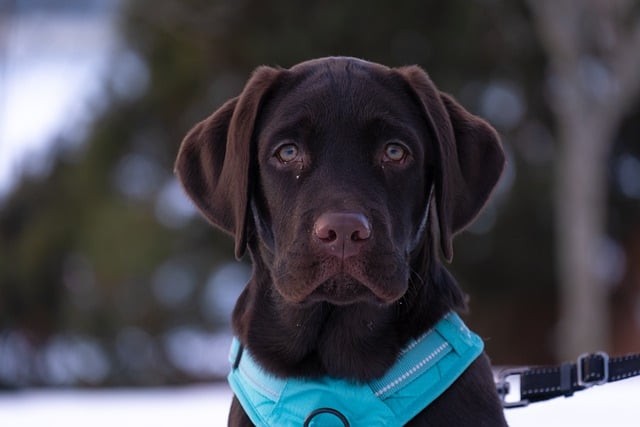
Training a dog to use a designated spot indoors isn’t as daunting as many new owners fear, but it does take consistency and an understanding of your pet’s needs.
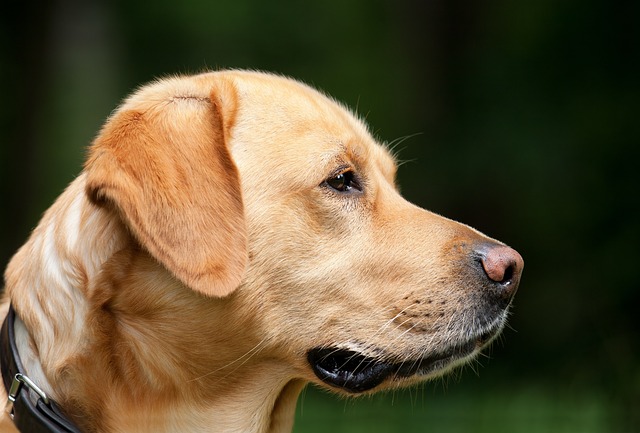
That moment of dread on a walk is all too familiar for many new dog owners. You see another dog approaching down the sidewalk of your neighborhood
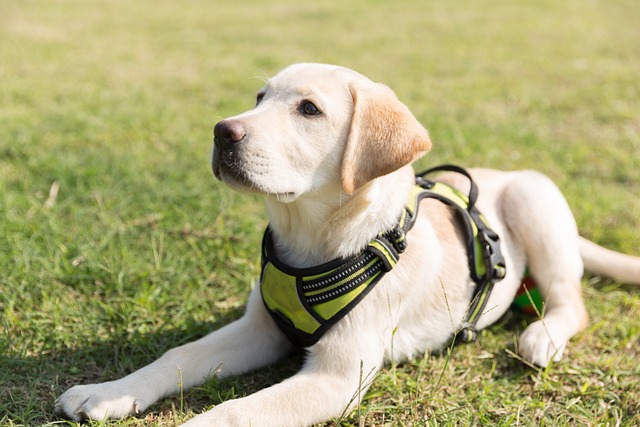
If the sight of another dog on your neighborhood walk makes your heart sink as your own dog erupts into a frenzy of barking and lunging, you're not alone.